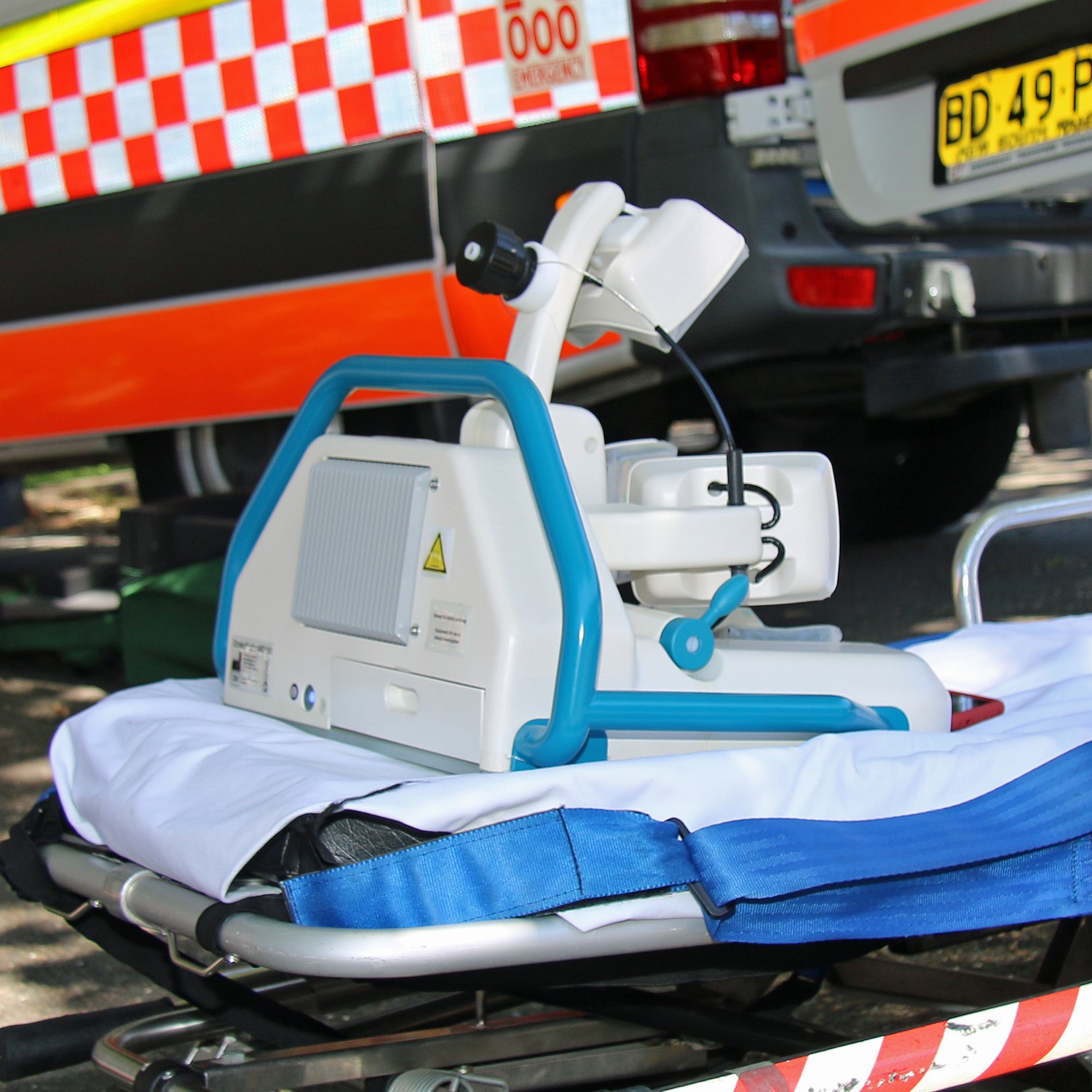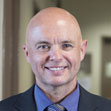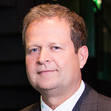Hunter to test stroke detector
With an acute stroke occurring every 10 minutes in Australia, a revolutionary timesaving diagnostic device called the Stroke Finder helmet is being trialled by the Hunter Medical Research Institute for the first time.

With an acute stroke occurring every 10 minutes in Australia, a revolutionary timesaving diagnostic device called the Stroke Finder helmet is being trialled by the Hunter Medical Research Institute for the first time.
The helmet is compact and portable, enabling rapid deployment in Emergency Departments and ambulances. Above all, it’s fast to operate, performing multiple brain measurements in 60 seconds using microwave technology similar to that of mobile phones.
Two units from Swedish firm Medfield Diagnostics will be trialled by stroke researchers in Newcastle’s John Hunter Hospital over the next 12 months. Stage 2 of the study will engage NSW Ambulance to explore the potential for stroke therapies to be administered pre-hospital by paramedics, via telehealth connection.
HMRI Director Professor Michael Nilsson and Hunter New England Health stroke leader Professor Chris Levi have assembled a multidisciplinary team to help evaluate and refine the Stroke Finder’s detection system, comparing its accuracy against a standard CT scanner.
“When an ischemic stroke occurs, the faster we begin to dissolve the clot, the more brain can be salvaged. But we must be sure that it’s not a haemorrhagic stroke because the treatment paths are vastly different,” Professor Levi said.

“This technology, though still in research phase, allows us to image the brain very early, hopefully within what’s called the ‘golden hour’ after a stroke occurs, which could substantially improve outcomes.”
The stroke patient’s head is placed directly on the cushion-sized base and sequentially scanned by antenna pads emitting low-energy microwaves – these pulses “scatter” in brain matter, and bleeding patterns are then detected via an image-generating algorithm. The Stroke Finder is battery powered and wireless, being operated from a tablet.
Professor Mikael Persson, a Biomedical Engineering specialist from Chalmers University of Technology in Gothenburg, conceived the technology after studying whether mobile telephone usage affected the brain.
“In our computer modelling we simulated how phone microwaves passed through the brain – and could also see how brain matter affected the waves,” Professor Persson explained. “We then simulated a brain bleed and could directly see an effect on the wave propagation.
“We initially looked at developing the technology as a monitoring device for neuro-intensive care but our clinical collaborators suggested it could be more useful for stroke triage support because of the need for early diagnostics.”
Professor Persson confirmed that the Hunter Region is the first international site outside Sweden. “Before we can finalise the algorithm we need a lot of raw clinical data – that’s why it is so important to have these international multicentre partnerships where results are pooled,” he added.
HMRI Director Professor Michael Nilsson said Hunter New England Health and HMRI were a natural choice to collaborate with Medfield Diagnostics because of the team’s renowned expertise in stroke care, rehabilitation and research.

“The accuracy has been very good so far and if the platform can reach the level of CT scanning when it comes to diagnostic safety, the future looks promising,” Professor Nilsson said.
The HMRI Sydney Foundation helped secure community funding for the project, including a significant donation from Dr Jerry Schwartz, through the Schwartz Foundation, for the acute care pilot study.
As a clinician, Dr Schwartz said he was well aware of the two major causes for strokes and also the physical and financial burden.
“The treatment of each cause is opposite – one is to thin the blood, the other is to stop the bleeding and maybe evacuate the blood – but both require immediate treatment for best results,” he said. “This simple device, which can be placed into an ambulance, will differentiate the cause while the patient is being taken to hospital. How fantastic.
“It is a privilege to be involved in such an important project, which could save so much morbidity both in Australia and around the world. It is actually a world-leading project.”
The University of Newcastle acknowledges the traditional custodians of the lands within our footprint areas: Awabakal, Darkinjung, Biripai, Worimi, Wonnarua, and Eora Nations. We also pay respect to the wisdom of our Elders past and present.